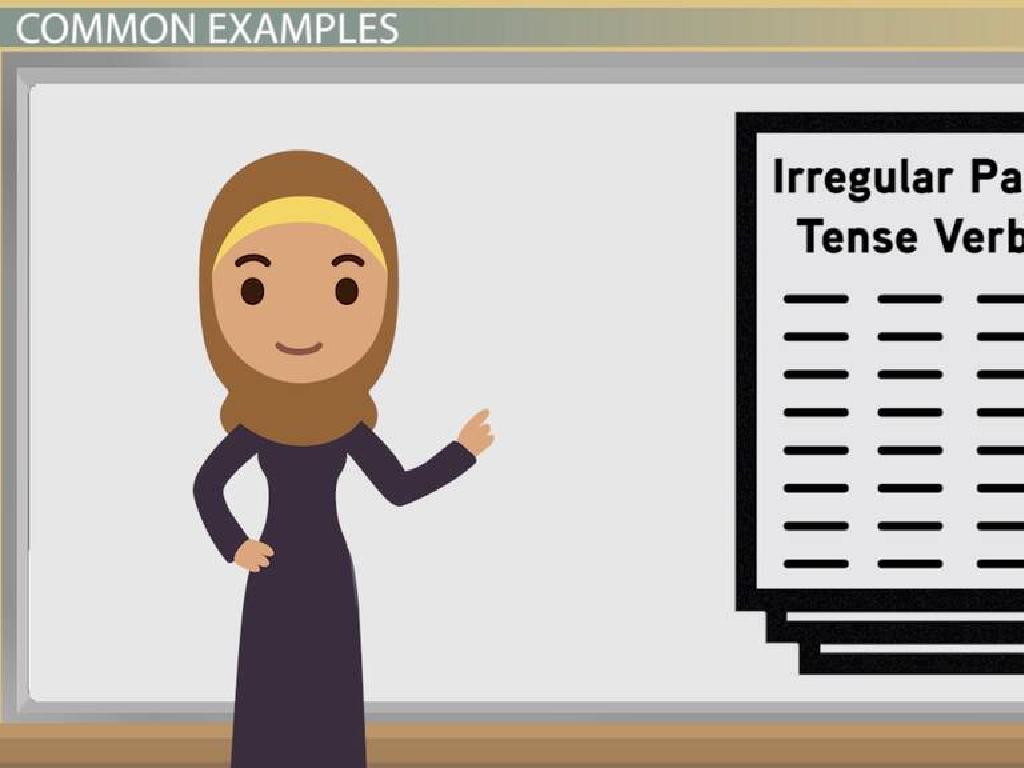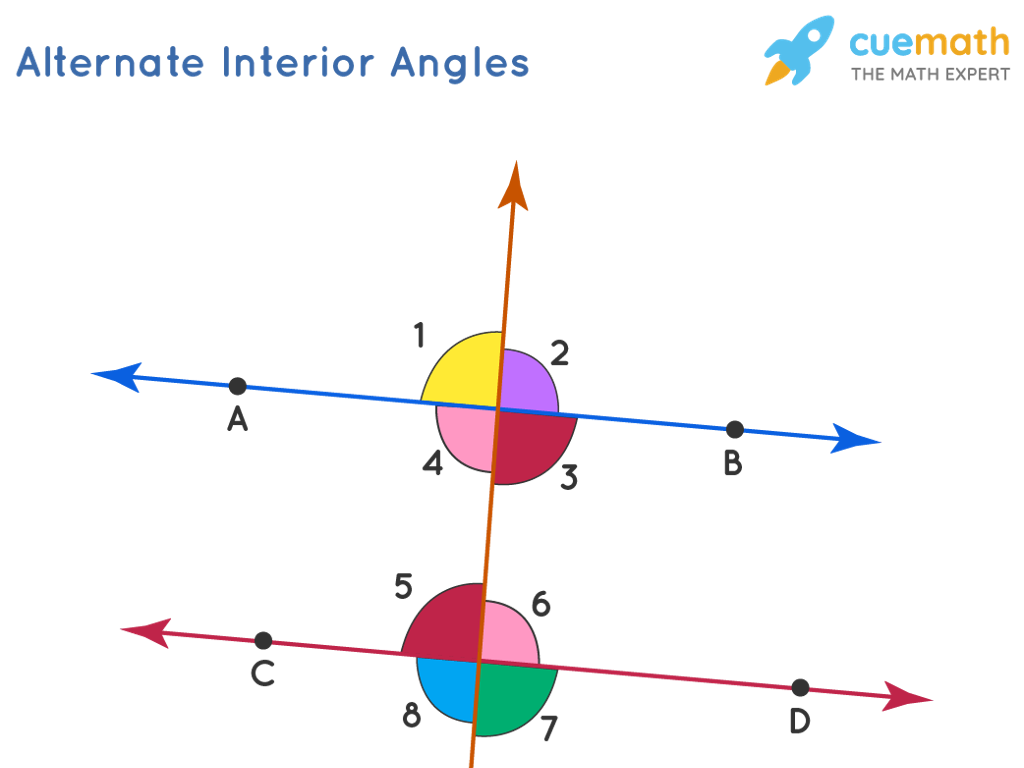Select The Misplaced Or Dangling Modifier
Subject: Language arts
Grade: Seventh grade
Topic: Misplaced Modifiers
Please LOG IN to download the presentation. Access is available to registered users only.
View More Content
Welcome to Misplaced Modifiers!
– Understanding sentence modifiers
– Modifiers describe or provide more detail about other words.
– Identifying misplaced modifiers
– Misplaced modifiers are not located near the words they describe.
– The importance of correct placement
– Correct placement clarifies meaning and avoids confusion.
– Practice with examples
– Let’s correct sentences with misplaced modifiers together.
|
This slide introduces the concept of modifiers in sentences and focuses on the common issue of misplaced modifiers. Begin by explaining that modifiers are words or phrases that add detail to sentences. Emphasize that when modifiers are not placed correctly, they can create confusion or imply a meaning that was not intended. Highlight the importance of placing modifiers near the words they describe to ensure clarity. Engage students with examples of misplaced modifiers and guide them through the process of correcting these sentences. This will help them understand the material and apply it to their writing.
Identifying Modifiers in Sentences
– Understanding modifiers
– Modifiers describe or change other words, adding detail.
– Common modifiers in use
– ‘The blue car’ or ‘He ran quickly’ show modifiers at work.
– Adjectives and adverbs
– Adjectives modify nouns; adverbs modify verbs, adjectives, or other adverbs.
– Placement affects meaning
– Misplaced modifiers can alter the intended meaning of a sentence.
|
This slide introduces the concept of modifiers, which are words that add description to sentences, making them more specific and interesting. Students should understand that modifiers include adjectives and adverbs, which serve to describe nouns and actions, respectively. Emphasize the importance of placing modifiers close to the words they are meant to modify to avoid confusion. Use examples to show how misplaced modifiers can lead to humorous or unclear sentences. Encourage students to think of their own examples and to be mindful of modifier placement in their writing.
Understanding Misplaced Modifiers
– Define misplaced modifier
– A modifier that’s not close to the word it describes
– Examples of misplaced modifiers
– ‘Eating ice cream, the sun felt hot.’ (misplaced subject)
– Misplaced modifiers alter meaning
– ‘The sun felt hot eating ice cream.’ changes intended meaning
– Correcting misplaced modifiers
|
This slide introduces the concept of misplaced modifiers, which are words or phrases that are separated from the words they modify, leading to confusing or humorous sentences. Provide clear examples to show how the placement of modifiers can drastically change the meaning of a sentence. Emphasize the importance of placing modifiers near the words they describe to maintain clarity. Encourage students to look for misplaced modifiers in their writing and practice rearranging sentences to correct these errors. This will help them communicate more effectively and avoid common mistakes.
Correcting Misplaced Modifiers
– Strategies to fix misplaced modifiers
– Place modifiers near the word they describe
– Revise sentences for correct modifier placement
– Ensure modifiers are next to the nouns or pronouns they modify
– Practice: Correcting misplaced modifiers
– We’ll work through examples together in class
– Importance of modifier placement
– Correct placement clarifies meaning and avoids confusion
|
This slide aims to teach students how to correct misplaced modifiers, which are words or phrases that are separated from the words they modify, leading to potential confusion. Start by explaining strategies to identify misplaced modifiers, such as looking for details that don’t logically fit with the word they’re next to. Then, show how to revise sentences by placing these modifiers closer to the words they’re intended to describe. Provide practice sentences for students to work on, either individually or in groups, and discuss as a class. Emphasize the importance of correct modifier placement to ensure clear and precise communication. The activity will help reinforce the lesson and give students hands-on experience with editing sentences for clarity.
Dangling Modifiers: Clarity in Sentences
– Define a dangling modifier
– A word/phrase that doesn’t clearly attach to the word it’s modifying
– Examples of dangling modifiers
– ‘While walking the dog, a car splashed me.’ – Who was walking the dog?
– Why do modifiers dangle?
– Misplacement occurs when the intended subject is missing or too far from the modifier
– Correcting dangling modifiers
– Rephrase to attach the modifier to the correct subject: ‘While I was walking the dog, a car splashed me.’
|
This slide introduces the concept of dangling modifiers, which are words or phrases that do not sensibly modify any word in the sentence. It’s crucial to explain that clarity in writing is lost when the modifier has nothing to modify or is separated from the word it modifies. Provide clear examples to illustrate how dangling modifiers create confusion. Discuss why these errors occur, often due to the modifier being too far from the word it should modify or the sentence lacking the word that the modifier is meant to describe. Teach students how to correct these errors by rephrasing sentences so that all modifiers are close to and clearly reflect the words they modify. Encourage students to look for dangling modifiers in their writing and practice correcting them.
Fixing Dangling Modifiers
– Understanding dangling modifiers
– A modifier must be clearly connected to the word it describes.
– Revising for clarity
– Rearrange the sentence so the modifier is next to the word it modifies.
– Practice sentence correction
– We’ll correct sentences with misplaced modifiers together.
– Eliminate confusion in writing
|
This slide focuses on identifying and correcting dangling modifiers, which are words or phrases that do not clearly point to the word or words they modify, causing confusion. Start by explaining what dangling modifiers are and why they can make sentences unclear. Show students how to revise sentences to place modifiers next to the words they are supposed to modify. Provide practice sentences for students to work on as a class activity, where they will rewrite sentences to correct any dangling modifiers. Emphasize the importance of clarity in writing and how avoiding dangling modifiers can improve their writing skills. Prepare to discuss common mistakes and offer guidance on how to spot and fix them.
Class Activity: Modifier Hunt
– Work in pairs on modifier activity
– Identify misplaced and dangling modifiers
– Look for modifiers that don’t clearly attach to the word they’re describing
– Correct the modifiers in sentences
– Rewrite the sentence so the modifier is next to the word it describes
– Share your fixes with the class
|
This interactive class activity is designed to help students understand and correct misplaced and dangling modifiers. Students will work in pairs to foster collaboration and peer learning. Provide each pair with sentences containing misplaced or dangling modifiers. Encourage them to discuss and identify the errors, then rewrite the sentences correctly. Afterward, have each pair share their corrected sentences with the class, explaining the reasoning behind their corrections. This will reinforce their understanding and allow them to learn from each other’s insights. Possible sentences for the activity could include examples like ‘Running quickly, the finish line seemed to approach the sprinter,’ which can be corrected to ‘Running quickly, the sprinter approached the finish line.’
Conclusion & Homework: Modifiers
– Recap: Misplaced & Dangling Modifiers
– Review the definitions and examples covered in class.
– Precision in Language
– Clear language prevents confusion and misinterpretation.
– Homework: Crafting Sentences
– Write 5 sentences, then rewrite with modifiers misplaced.
– Importance of Correct Placement
– Discuss how misplaced modifiers change sentence meanings.
|
As we wrap up today’s lesson, remember that misplaced and dangling modifiers can lead to unclear, confusing, or humorous sentences. It’s crucial to place modifiers close to the words they describe for clarity. For homework, students will apply what they’ve learned by writing sentences that correctly use modifiers and then intentionally misplacing them to see the difference in meaning. This exercise will reinforce the importance of modifier placement in writing. In the next class, we’ll review some of these sentences to discuss how their meanings change with the placement of modifiers.






